Rising Water Scarcity
The increasing prevalence of water scarcity is a critical driver for the Smart Irrigation Market. As populations grow and climate change exacerbates drought conditions, the demand for efficient water management solutions intensifies. Smart irrigation systems, which utilize sensors and data analytics, can optimize water usage, thereby addressing the urgent need for sustainable practices. Reports indicate that agricultural water use accounts for approximately 70% of global freshwater withdrawals, highlighting the potential for smart irrigation technologies to significantly reduce this figure. By implementing these systems, farmers can conserve water while maintaining crop yields, making them an attractive option in regions facing severe water shortages.
Advancements in IoT Technology
The rapid advancements in Internet of Things (IoT) technology are propelling the Smart Irrigation Market forward. IoT-enabled devices allow for real-time monitoring and control of irrigation systems, leading to enhanced efficiency and reduced operational costs. These technologies facilitate data collection on soil moisture, weather conditions, and plant health, enabling farmers to make informed decisions. The market for IoT in agriculture is projected to reach substantial figures, indicating a growing acceptance of smart solutions in farming practices. As more stakeholders recognize the benefits of integrating IoT into irrigation, the demand for smart irrigation systems is likely to surge, transforming traditional agricultural methods.
Government Support and Incentives
Government initiatives and incentives aimed at promoting sustainable agricultural practices are a vital driver for the Smart Irrigation Market. Many governments are implementing policies that encourage the adoption of water-efficient technologies, including smart irrigation systems. These initiatives often include financial incentives, grants, and subsidies to support farmers in transitioning to more sustainable practices. As a result, the market for smart irrigation is likely to experience growth as farmers take advantage of these opportunities. Furthermore, regulatory frameworks that mandate water conservation practices are expected to further stimulate demand for smart irrigation solutions, aligning with broader environmental goals.
Increased Adoption of Precision Agriculture
The shift towards precision agriculture is significantly influencing the Smart Irrigation Market. Farmers are increasingly adopting precision farming techniques to enhance productivity and sustainability. Smart irrigation systems play a pivotal role in this transition by providing targeted water application based on specific crop needs. This approach not only conserves water but also improves crop quality and yield. Market data suggests that the precision agriculture market is expected to witness substantial growth, driven by the need for efficient resource management. As farmers seek to optimize their operations, the integration of smart irrigation technologies becomes essential, further propelling market expansion.
Growing Awareness of Environmental Sustainability
The increasing awareness of environmental sustainability among consumers and businesses is shaping the Smart Irrigation Market. As stakeholders recognize the importance of conserving natural resources, there is a growing demand for technologies that promote sustainable agricultural practices. Smart irrigation systems, which optimize water usage and reduce waste, align with these sustainability goals. Market trends indicate that consumers are increasingly favoring products sourced from environmentally responsible practices, prompting farmers to adopt smart irrigation solutions. This shift not only enhances the market appeal of agricultural products but also contributes to the overall sustainability of farming operations, driving further adoption of smart irrigation technologies.
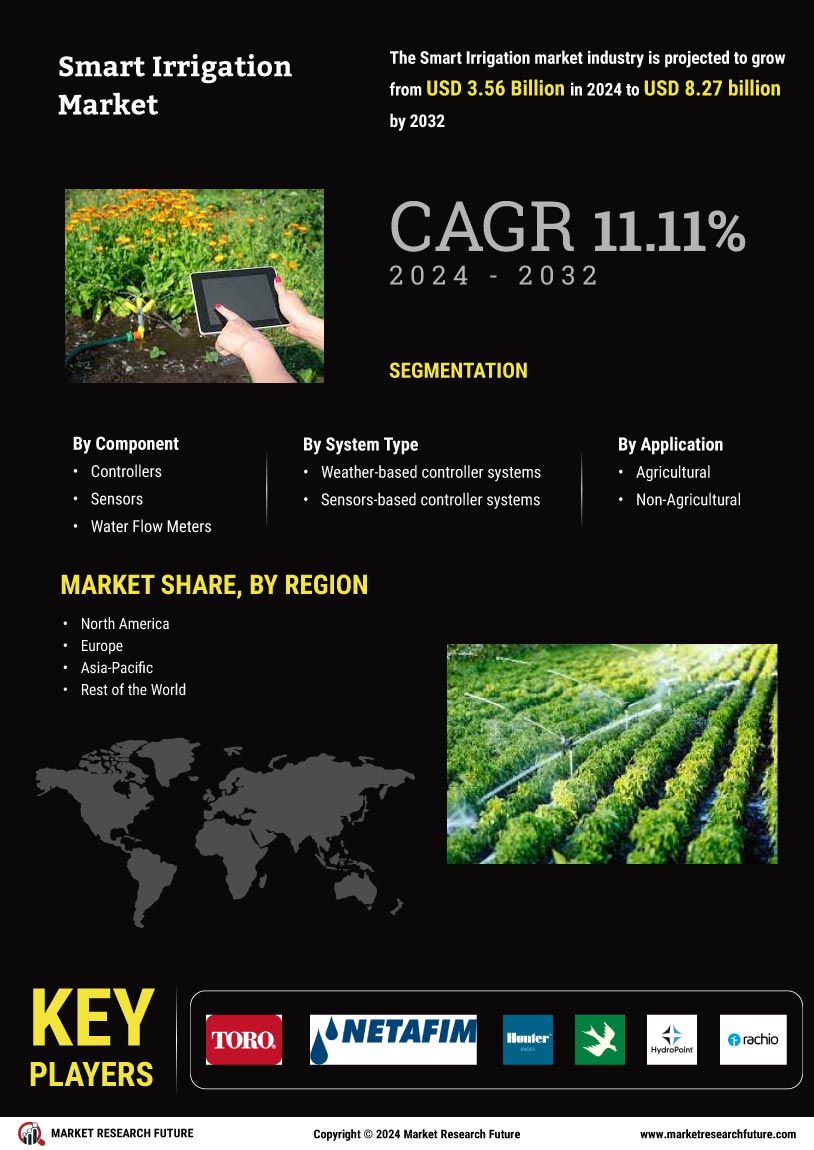
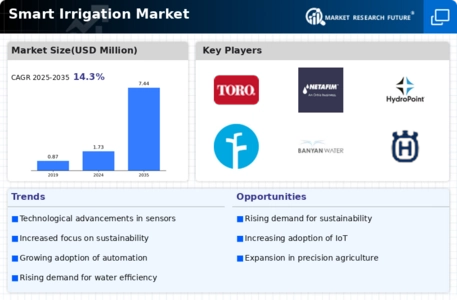
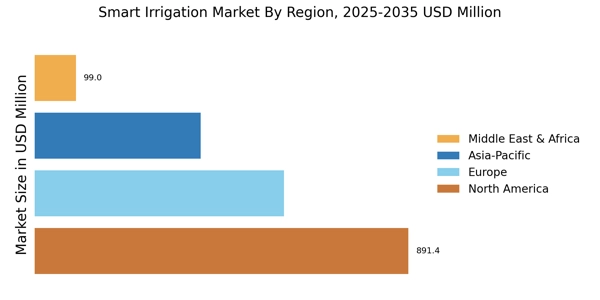
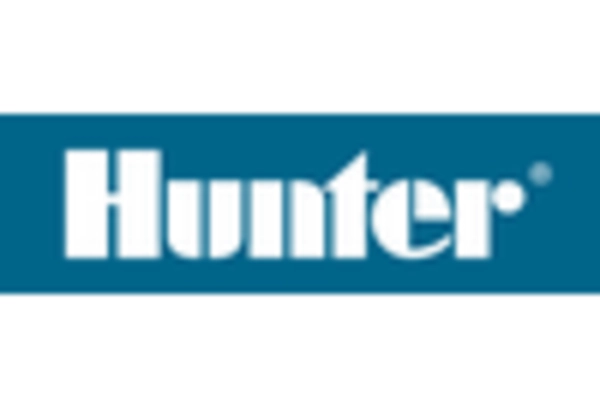
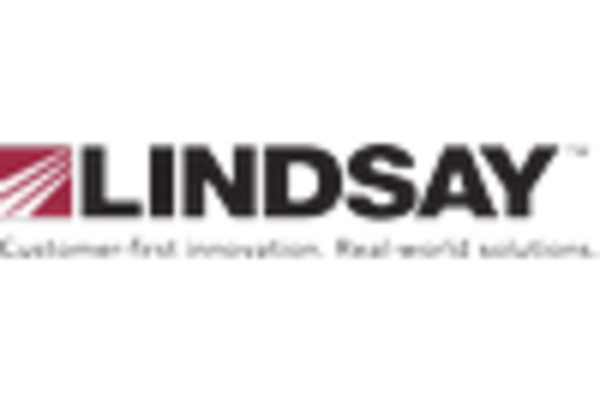
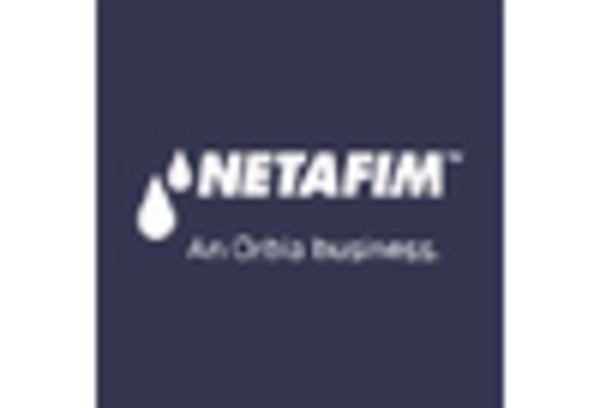
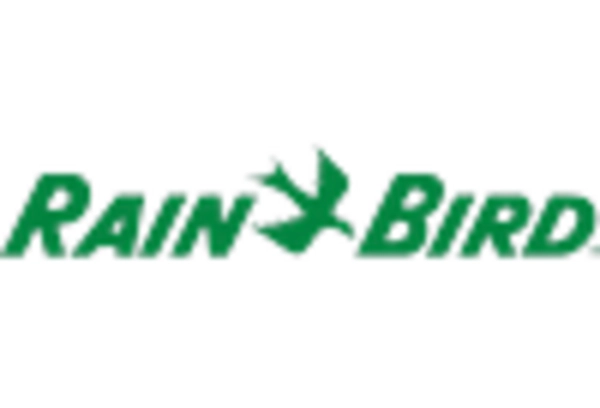
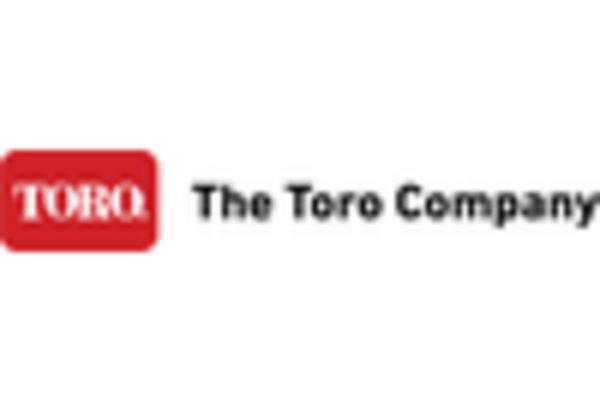
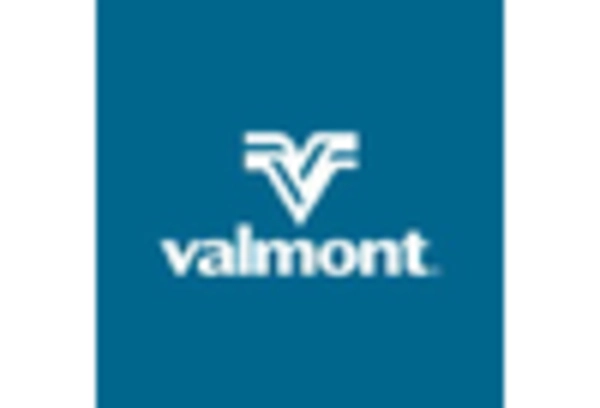








Leave a Comment